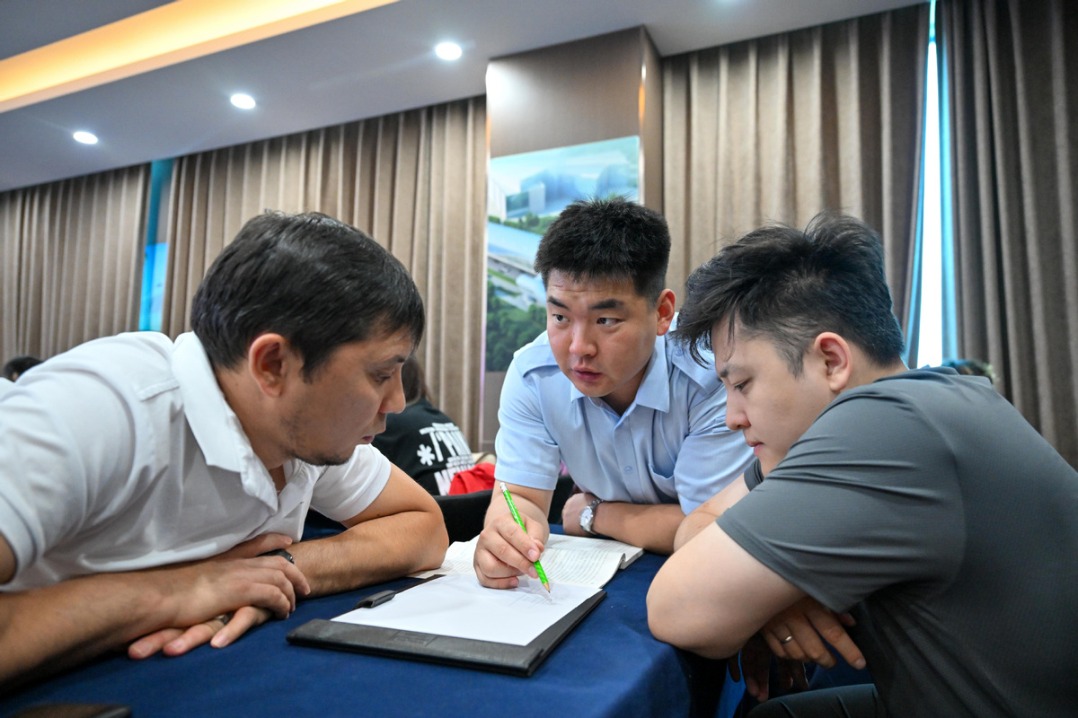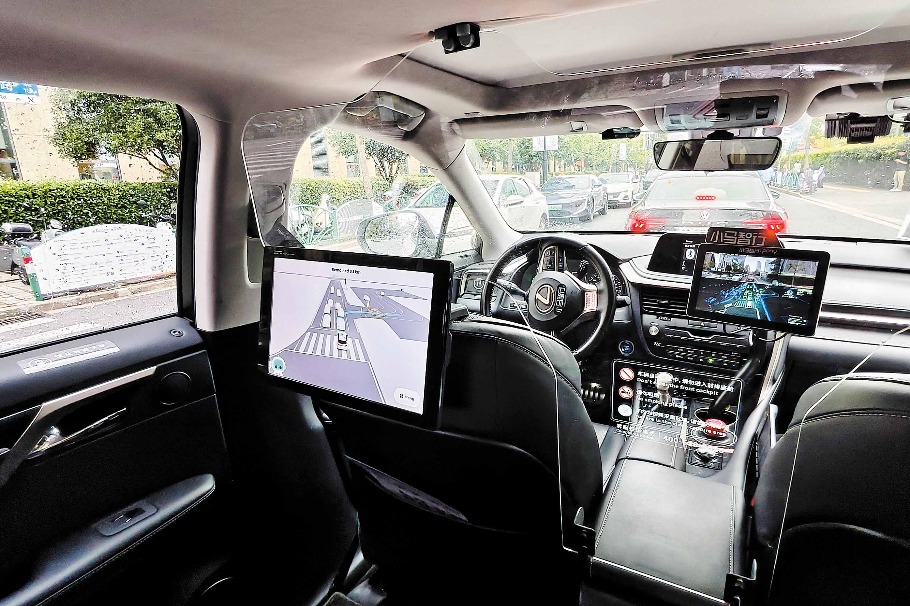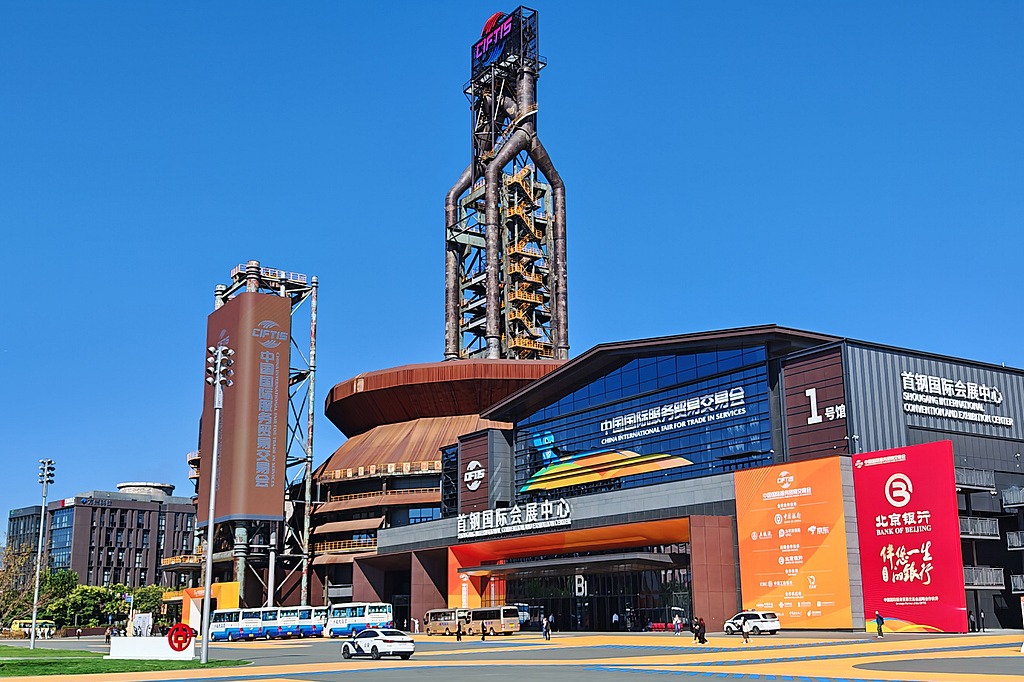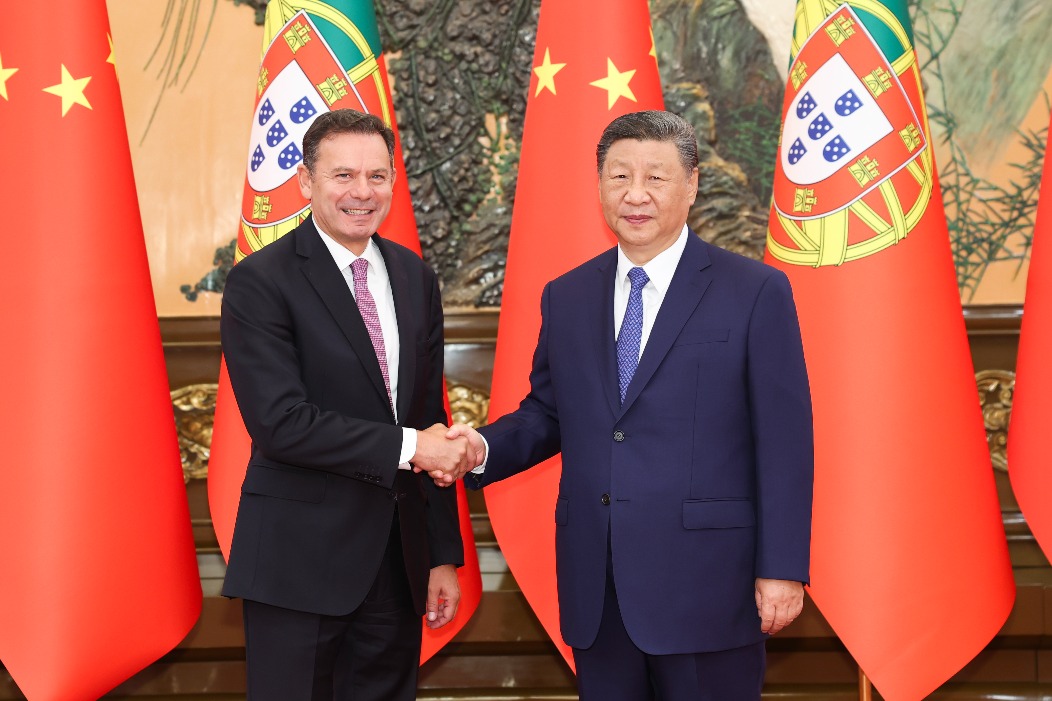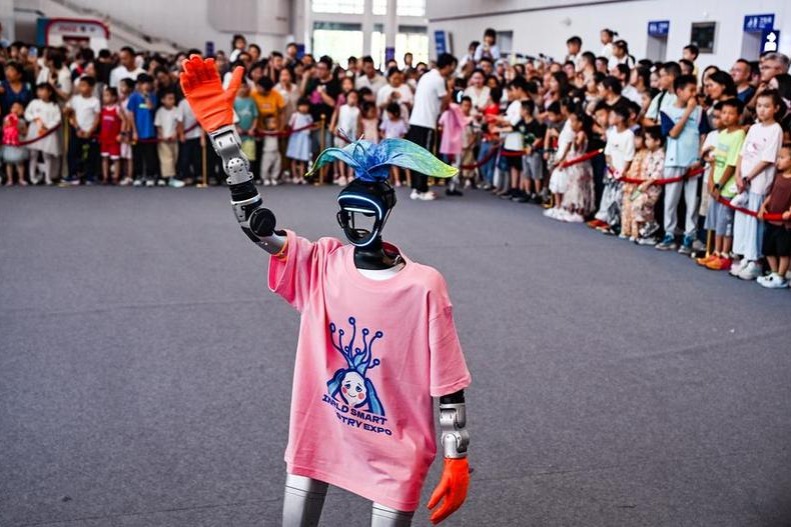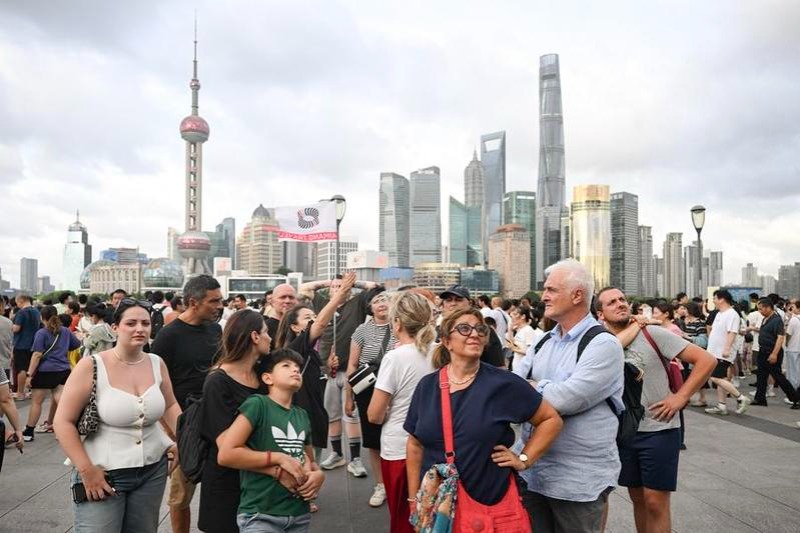Practical way to eliminate poverty
Asian countries must join hands to promote common development, ensure regional stability


Asian countries boast of different resource endowments, leading to sharp distinction in terms of economic take-off and development policies. Therefore, the effects of poverty alleviation and wealth gaps also vary in these countries.
With the novel coronavirus pandemic severely impacting the global economy, frequent armed conflicts in some regions and prevailing trade protectionism, Asian countries can only achieve overall poverty alleviation and safeguard the prosperity and stability of the region by furthering multilateral cooperation and mutual learning.
Poverty levels in Asia have been falling. According to the Sustainable Development Report 2019, the current headcount ratio of extreme poverty in Asian countries is 1.85 percent, when measured against the poverty line of $1.9 per person per day. It means in general, absolute poverty had been eradicated and the situation is changing for the better.
However, a large number of people in some countries still live in absolute poverty. The numbers of extremely poor people in three Asian countries-India, Indonesia and Bangladesh-are still more than 10 million, standing at 38.9 million, 11.83 million and 11.81 million respectively.
According to the Asian Poverty Reduction Report issued at the Boao Forum for Asia, poverty in Asia is concentrated in a few countries. The wealth gaps between Asian countries are different from those among African countries. This is because poverty in Asian countries has existed along with development while inequality in Africa is caused by underdevelopment.
In addition, poverty in Asian countries is caused by income gaps. The prominent problems in the region include youth unemployment, malnutrition and shortage of infrastructure and public services, especially shortage of medical services. Asian countries are expected to further cooperate in the fight against poverty.
China's poverty alleviation experience can be narrowed down to a two-phase approach, providing good reference points for other Asian countries. In the first phase, it saw overall poverty alleviation along with rapid economic growth with the launch of the reform and opening-up. However, economic growth cannot reduce poverty caused by income gaps. So, in the second phase, the government implemented targeted poverty alleviation programs to help the people shake off poverty and eliminate extreme poverty.
In the first phase, the reform and opening-up policy created a favorable environment for poverty alleviation: Exports, investments and domestic demand drove economic growth, while the industrialization promoted the development of labor-intensive sectors providing the poor with a large number of accessible jobs, helping achieve overall poverty alleviation.
During the process, China formulated practical economic policies in line with its actual conditions, such as introducing foreign-funded enterprises and allowing the private sector to develop independently in a timely manner. The boom of labor-intensive industries expanded the scale of employment in the secondary industry, helping the rural poor to earn higher incomes by working in cities, thus reducing poverty in rural areas.
China also promoted industrial transformation and upgrading and steadily improved industrial economic efficiency. From 1979 to 2018, for example, the labor productivity of China's manufacturing increased from 2,734.2 yuan ($392.2) to 157,514.4 yuan per person, increasing by 56.6 times. It created consistent driving forces for advancing economic growth and increasing residents' incomes.
The targeted poverty alleviation led by the government was initiated in 2013. The battle focuses on improving social equity as China's economic and social structures had become unfavorable for poverty alleviation. In line with China's economic and social growth, targeted poverty alleviation measures have integrated financial assistance with self-development of the poor, developing a new system of poverty alleviation.
Therefore, the key take-away for other Asian countries from China's poverty alleviation experience includes boosting economic growth when the poor population is large. And targeted poverty alleviation plays a key role once the proportion of the poor population is reduced to less than 20 percent of the total.
It should be noted that targeted poverty alleviation measures are based on the earlier poverty alleviation measures instead of replacing the latter with new ones.
Since countries can see the best effects of poverty alleviation during the phase of economic growth, driving economic development and allowing the majority of workers to get involved in the economy to obtain returns is the most practical approach with the least burden on governments in the process of large-scale poverty alleviation.
In light of this, Asian countries need to seize the opportunities in the current era to further promote the integration of the industrial, supply and value chains, and achieve regional economic integration based on the multilateral framework for common prosperity, which shows great potential for cooperation in many fields including utilization of productive factors, industrial development and inter-generational transfer of technologies.
The foundation for Asian countries' development in the 21st century lies in solidarity and stability, for which major global and regional powers bear key responsibilities. Stable and predictable relations among major countries can ensure the multilateral cooperation in political, economic and social fields, and help achieve common development in Asia.
Political and social stability, consistent development strategies and the determination of government to ensure the economic and social system maintain fair and just are important for alleviating poverty. China's experience is being used as reference by Cambodia, Indonesia, Malaysia and Vietnam to reduce poverty. And to achieve overall poverty alleviation, Asian countries need to work jointly to maintain domestic and regional stability.
The author is a researcher with the Institute of World Economics and Politics and National Institute for Global Strategy at the Chinese Academy of Social Sciences. The author contributed this article to China Watch, a think tank powered by China Daily. The views do not necessarily reflect those of China Daily.
















